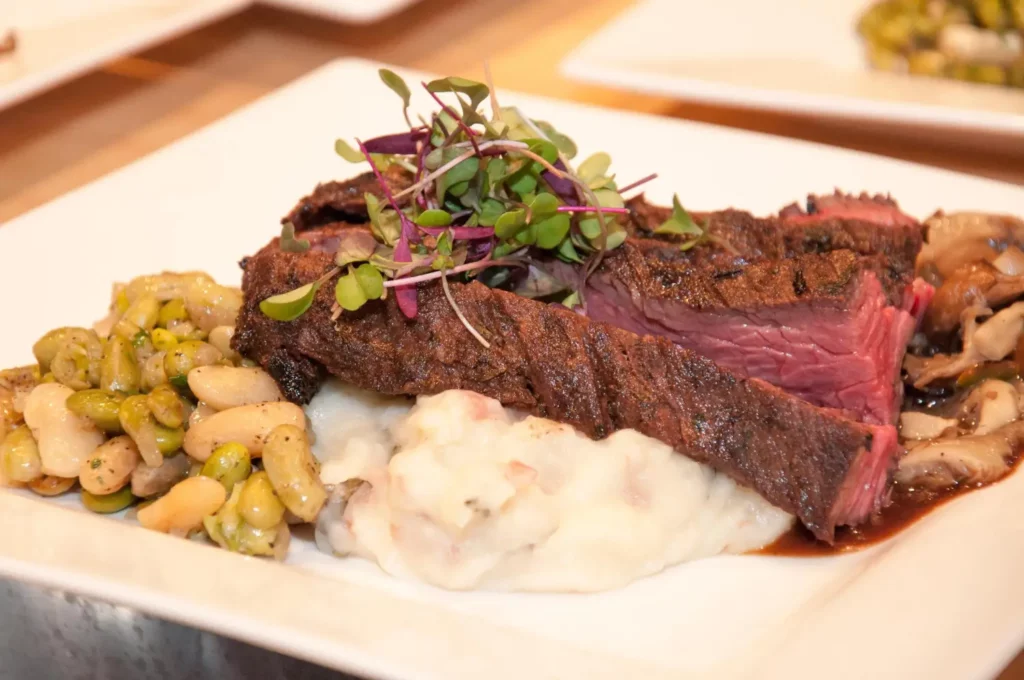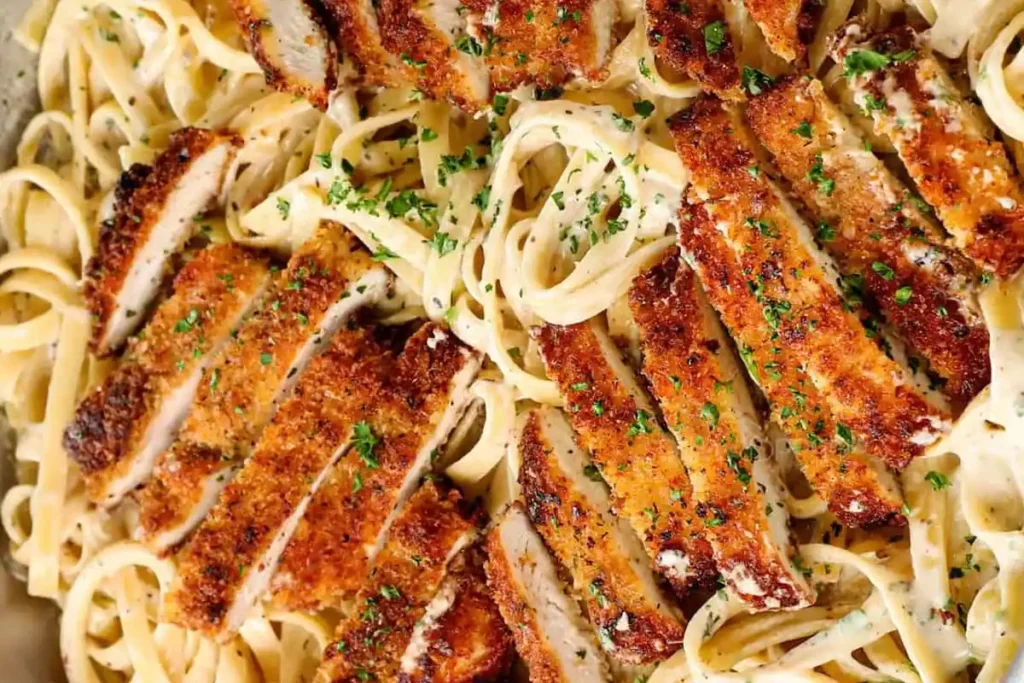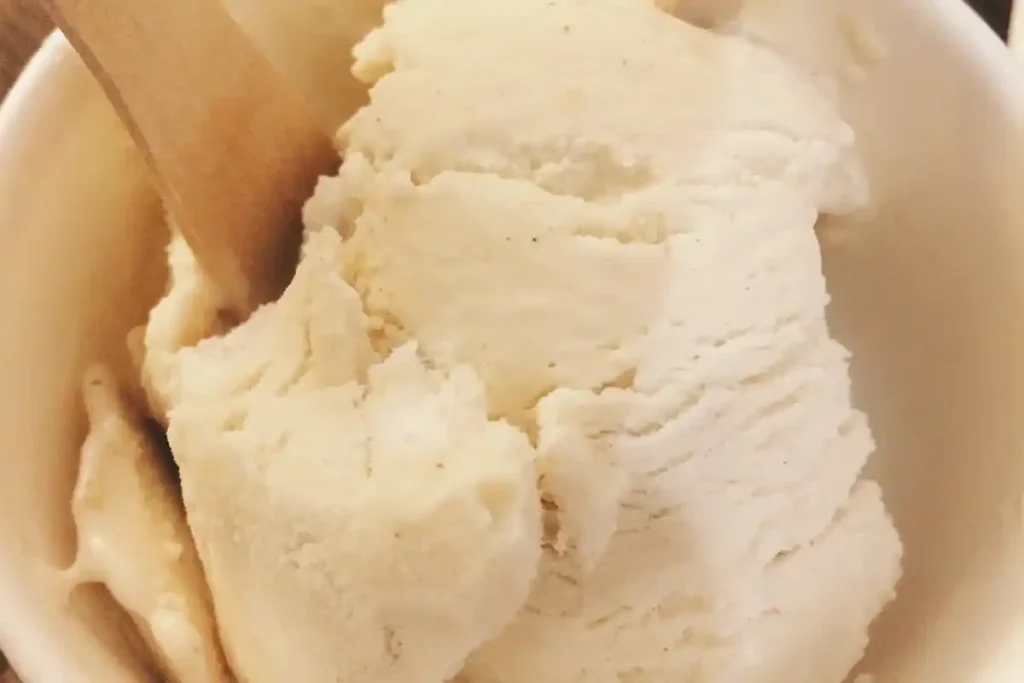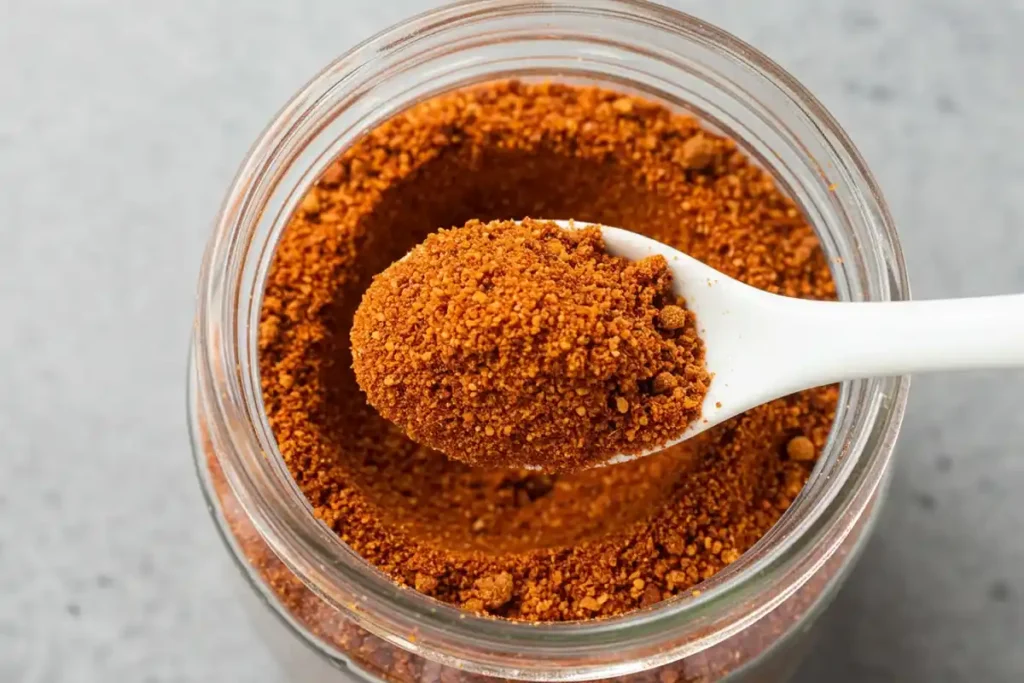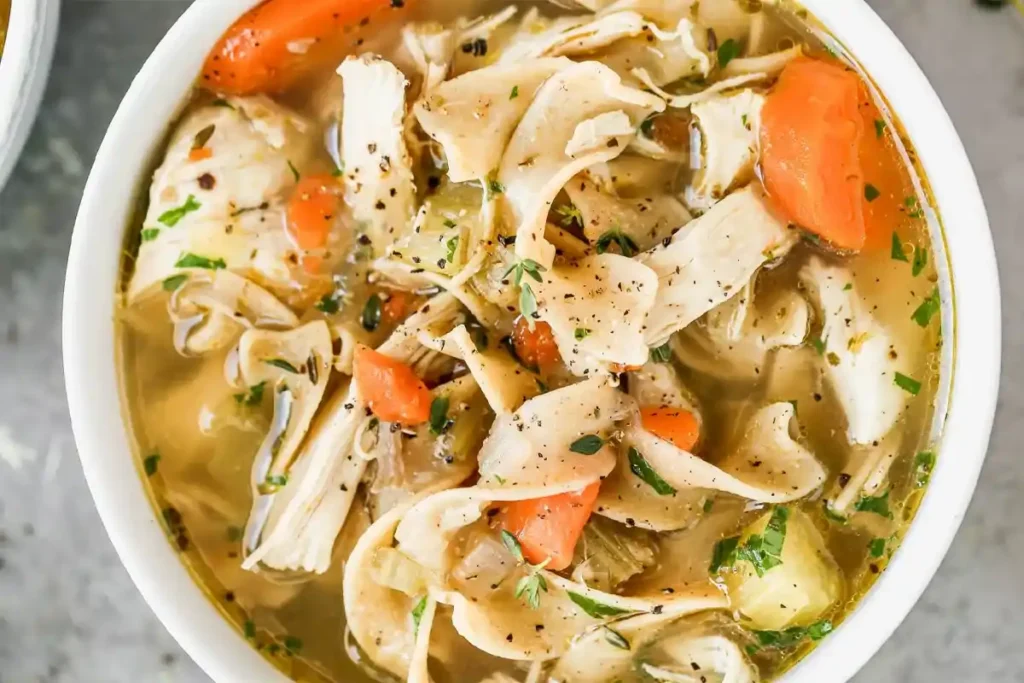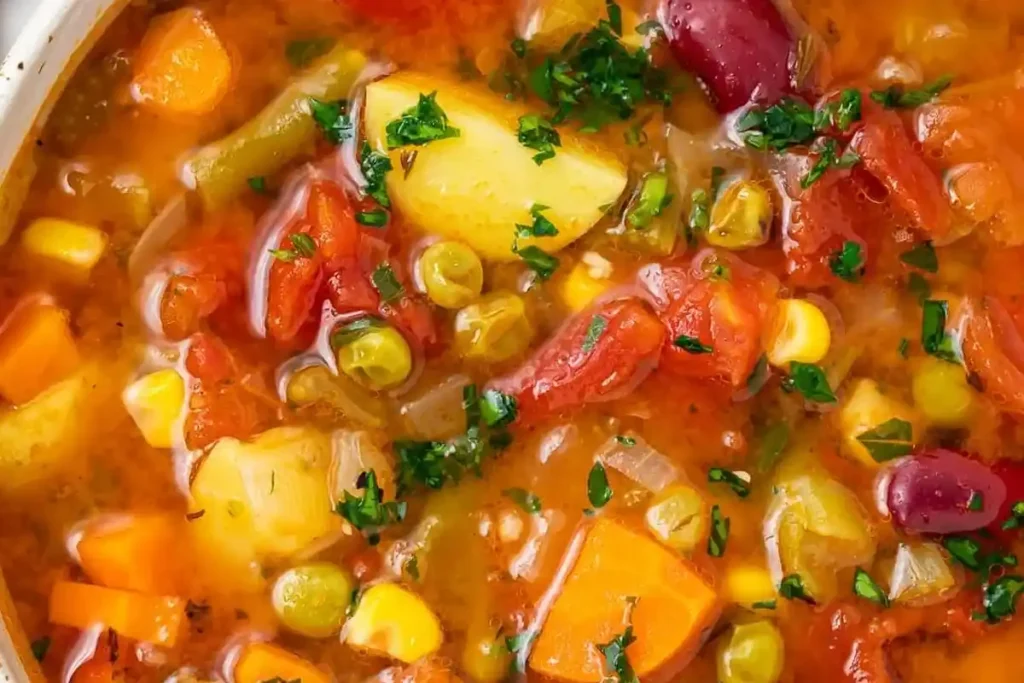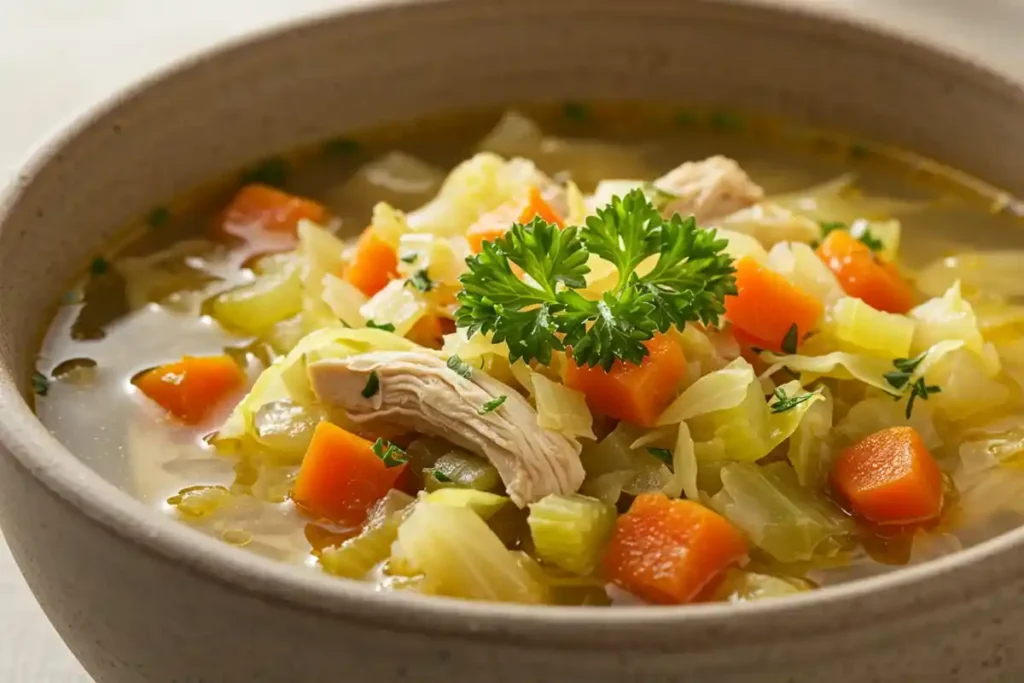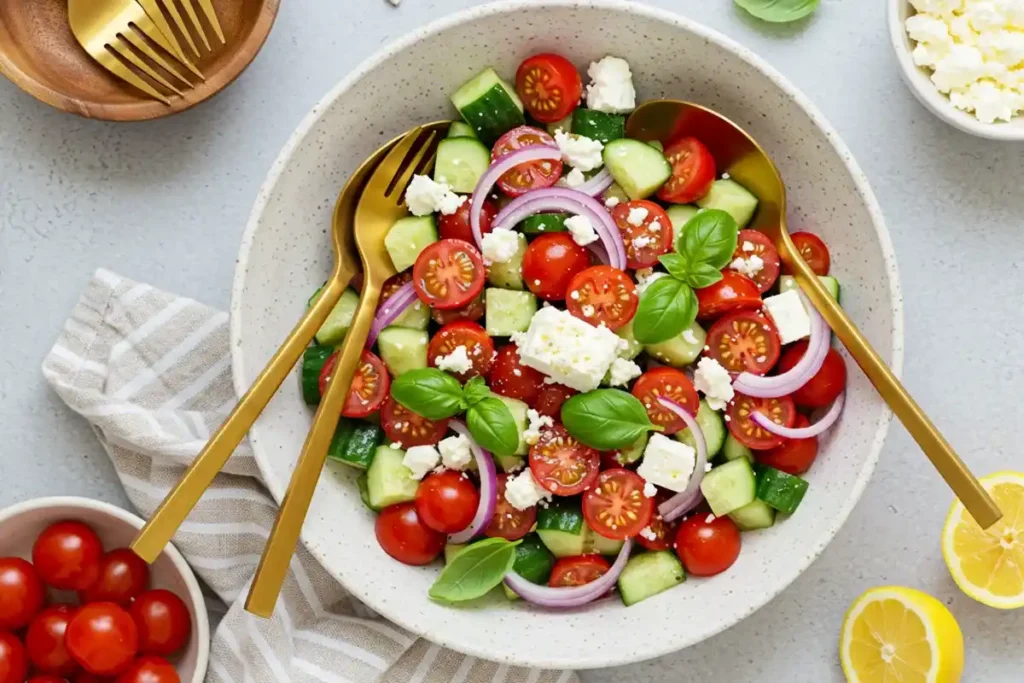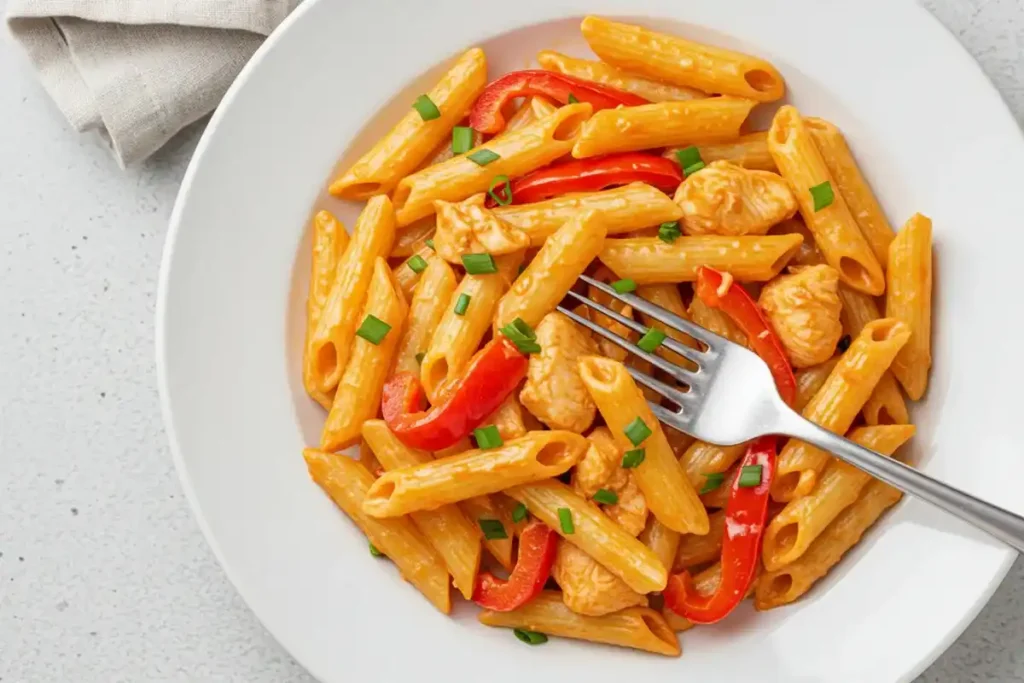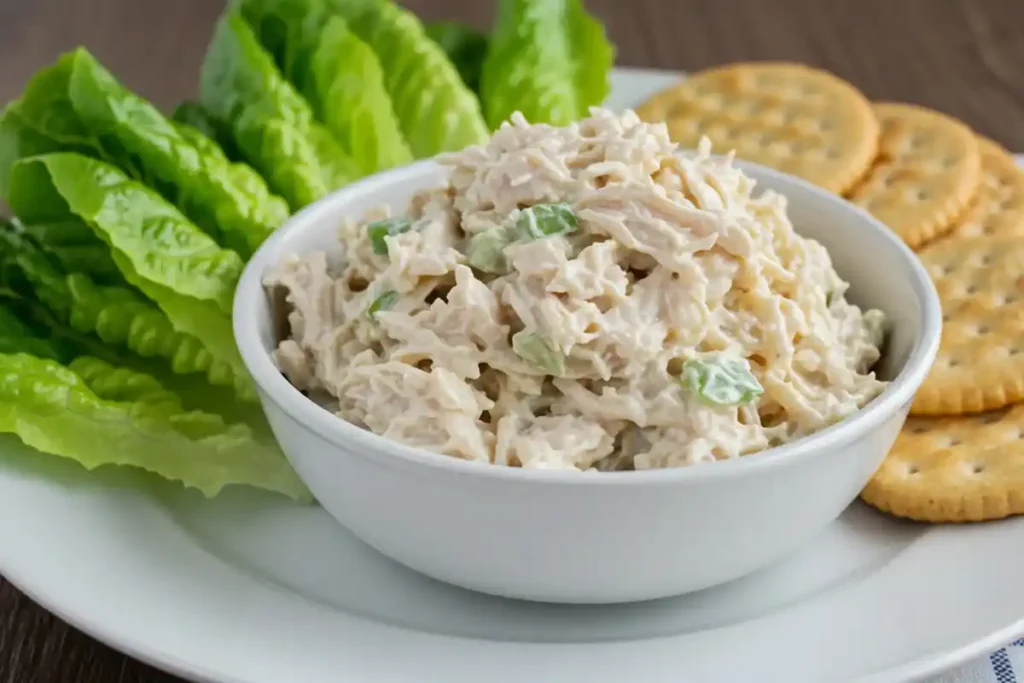Nothing beats the taste of perfectly spiced, smoky steak like the kind you find at Chipotle, and this chipotle steak recipe lets you recreate it right at home. Whether you’re crafting a hearty burrito, a bowl bursting with flavor, or tacos with a zesty twist, this guide will walk you through every step. From understanding what makes this recipe special to nailing the preparation process and pairing it with signature sides, we’ve got you covered.
Let’s dive into the savory secrets of this homemade chipotle steak recipe that tastes just as good, if not better, than the restaurant version. Ready? Grab your apron and let’s get cooking!
Part 1: Understanding Chipotle Steak
What Makes Chipotle Steak Unique?
Chipotle steak is celebrated for its bold, smoky flavors and tender texture. What sets it apart is the carefully crafted marinade that combines spices like cumin, ancho chile powder, and oregano with tangy adobo sauce. This fusion creates a complex yet balanced flavor profile that appeals to both spice lovers and those who prefer a milder kick.
Unlike other steak recipes, Chipotle’s approach focuses on enhancing the natural taste of beef while infusing it with layers of spice. This isn’t your average steak—it’s a culinary experience that brings the warmth and zest of Mexican cuisine to your plate.
Key Ingredients That Define the Flavor
The hallmark of a chipotle steak recipe lies in its thoughtful selection of ingredients. Adobo sauce, a blend of vinegar, tomato, and chili peppers, is a key player. When paired with ancho chile powder, garlic, and cumin, the result is a marinade that’s smoky, slightly spicy, and deeply aromatic.
Additionally, the use of Mexican oregano (a slightly sweeter, citrusy cousin of traditional oregano) adds a unique twist. These ingredients, combined with olive oil for richness, create the perfect base for a marinade that complements and enhances the steak.
The History Behind Chipotle’s Steak Recipe
Did you know Chipotle’s steak recipe stems from traditional Mexican cooking techniques? The use of ancho chiles and adobo sauce traces back to the rich culinary heritage of central and southern Mexico. By adapting these classic flavors to a quick-service restaurant model, Chipotle introduced a taste of authentic Mexican barbecue to the world.
Their innovation wasn’t just about flavors but also about ensuring sustainability. The restaurant’s steak comes from responsibly raised beef, a philosophy you can carry into your home kitchen by choosing ethically sourced meat.
Part 2: Essential Ingredients for Chipotle Steak Recipe
Choosing the Right Cut of Beef
The foundation of any chipotle steak recipe is, of course, the beef itself. The best cuts for this recipe are those that absorb marinades well while remaining tender after cooking. Options like sirloin, round steak, and flat iron steak are perfect candidates. These cuts strike the ideal balance between affordability and flavor.
When selecting beef, look for cuts with a good balance of lean meat and marbling. A bit of marbling enhances flavor without making the steak overly greasy. For an authentic Chipotle-like texture, slice the steak thinly after cooking.
Must-Have Marinade Components
The marinade is the magic that transforms ordinary steak into a smoky, flavorful masterpiece. Key ingredients include:
- Adobo Sauce: This blend of chili peppers, vinegar, and spices gives the steak its iconic smoky heat.
- Ancho Chile Powder: Adds depth and a touch of spice.
- Ground Cumin: Enhances the earthy flavor of the steak.
- Mexican Oregano: Provides a distinct, citrusy aroma.
- Olive Oil: Acts as a binding agent, ensuring the spices adhere to the steak.
To adjust for personal preference, you can swap olive oil for rice bran oil or use Italian oregano in place of Mexican oregano. However, sticking to the authentic ingredients will yield the best results.
Substitutes and Alternatives for Hard-to-Find Ingredients
No adobo sauce on hand? No problem. Combine tomato paste, vinegar, smoked paprika, and a pinch of cayenne to create a quick alternative. Similarly, if you can’t find ancho chile powder, smoked paprika or regular chili powder can fill in.
For more ideas on enhancing flavors, explore recipes like the molcajete sauce guide for inspiration.
Part 3: Step-by-Step Guide to Crafting the Perfect Chipotle Steak
Preparing the Marinade
Creating the perfect marinade is easier than you think. In a blender, combine garlic, adobo sauce, ancho chile powder, olive oil, cumin, and oregano. Blend until smooth, adding a splash of water if needed. The goal is a rich, aromatic mixture that clings to the steak, ensuring every bite bursts with flavor.
Marinating the Steak: Tips and Tricks
For the best results, marinate the steak for at least 30 minutes at room temperature or up to 12 hours in the fridge. Longer marination allows the flavors to penetrate deeply, making the meat tender and flavorful. Remember to bring the steak to room temperature before cooking—this ensures even cooking throughout.
Cooking Methods: Grilling vs. Skillet
Both grilling and skillet cooking can achieve mouthwatering results. For a grilled version, preheat the grill to medium-high heat, ensuring it’s well-oiled to prevent sticking. Cook the steak for about 4-5 minutes per side, depending on thickness and desired doneness.
If using a skillet, heat olive oil until shimmering, then sear the steak in batches to avoid overcrowding. Aim for a temperature of 130-135°F for medium-rare perfection.
Serving Suggestions and Pairings
Slice the cooked steak thinly against the grain to ensure tenderness. Serve it as a protein-packed filling for burritos or tacos, or pair it with cilantro-lime rice and black beans for a hearty bowl. For a unique twist, check out other flavorful recipes, like burger bowl ideas, to complement your steak.
These steps are the backbone of creating a homemade chipotle steak recipe that rivals the restaurant’s version. Up next, we’ll explore tips for nailing the authentic Chipotle flavor every time.
Part 4: Tips for Recreating Authentic Chipotle Flavors at Home
Using Mexican Oregano vs. Italian Oregano
One of the subtle but impactful ingredients in the chipotle steak recipe is oregano. While Mexican oregano adds a slightly citrusy, floral flavor, Italian oregano has a milder, earthy tone. For the most authentic taste, always choose Mexican oregano. It pairs beautifully with ancho chile powder and cumin, creating a robust profile that’s unmistakably Chipotle.
If you only have Italian oregano on hand, don’t worry—it’s still a great option. You can enhance its flavor by adding a pinch of marjoram or lime zest to mimic the bright notes of the Mexican variety.
Perfecting the Spiciness: Balancing Heat and Smoke
The magic of the chipotle steak recipe lies in the harmony of smoky and spicy flavors. To get this balance right, start with a moderate amount of ancho chile powder and adobo sauce, then adjust to your taste. If you prefer extra heat, consider adding a dash of chipotle powder or cayenne.
For a smokier twist, you can incorporate smoked paprika into the marinade. The key is to taste as you go and make small adjustments to suit your preference.
Common Mistakes to Avoid
Even seasoned cooks can make a few errors when trying to recreate this recipe. One common mistake is skipping the marination process or rushing it. The marinade is crucial for tenderizing the steak and infusing it with rich flavors.
Overcooking is another pitfall to avoid. Use a meat thermometer to ensure the steak reaches the desired doneness without losing its juiciness. Finally, slicing the steak against the grain is essential for a tender bite.
For more flavor-packed ideas, you might enjoy this guide to cooking bold-flavored dishes like rockfish.
Part 5: Variations and Customizations
Spicy Chipotle Steak: Adding Extra Heat
For those who love their steak with an extra kick, this variation is for you. Simply increase the amount of adobo sauce or ancho chile powder in the marinade. Adding a sprinkle of red pepper flakes or finely chopped fresh jalapeños can elevate the spiciness even further.
This version works great in burritos or tacos, where a little heat complements the creamy textures of guacamole or sour cream.
Milder Options for Kids or Low-Spice Tolerance
If you’re preparing this chipotle steak recipe for someone who prefers milder flavors, you can dial down the spice. Replace ancho chile powder with smoked paprika, which provides a smoky aroma without the heat. Reduce or omit the adobo sauce and opt for a dash of lime juice for a tangy twist.
This variation is perfect for steak salads or pairing with sweeter salsas like mango or pineapple.
Creative Ways to Serve Chipotle Steak
While tacos and burritos are classics, there are countless ways to enjoy your Chipotle-style steak. Use it as a topping for nachos, mix it into a salad bowl, or layer it in a quesadilla for a cheesy treat. You can even create a steak burrito bowl inspired by this burger bowl recipe for a unique twist.
If you’re feeling adventurous, experiment with pairing the steak with unconventional sides like roasted sweet potatoes or grilled vegetables. The rich, smoky flavors make it versatile enough to complement a variety of dishes.
Part 6: Pairing Your Steak with Iconic Chipotle Sides
Cilantro-Lime Rice: A Staple Side
No chipotle steak recipe is complete without the perfect side dish, and cilantro-lime rice is a classic choice. Its zesty, citrusy flavor complements the smoky spice of the steak, creating a balanced and satisfying meal. To make it at home, cook long-grain white rice, then toss it with fresh lime juice, finely chopped cilantro, and a pinch of salt.
For a heartier option, use brown rice. The nutty flavor pairs wonderfully with the bold seasonings in the steak. Either way, this side dish will transport your taste buds straight to a Chipotle bowl.
Classic Black Beans and Pinto Beans
Another must-have accompaniment to the chipotle steak recipe is a serving of black or pinto beans. These legumes bring a creamy texture and earthy flavor that enhances the richness of the steak. Season your beans with garlic, cumin, and a splash of olive oil to recreate that authentic Chipotle taste.
For a unique twist, try adding diced tomatoes or roasted peppers to your beans. This adds a subtle sweetness and a pop of color to your plate.
Homemade Guacamole and Salsas
Let’s not forget the toppings! Guacamole, with its creamy texture and fresh flavor, is a perfect match for the smoky steak. To make it, mash ripe avocados with lime juice, salt, and diced onions.
Pair it with fresh tomato salsa or a spicier tomatillo salsa to add layers of flavor to your meal. These condiments not only elevate the steak but also bring vibrant colors to your dish.
Part 7: FAQs: Your Chipotle Steak Questions Answered
What’s the Best Steak Cut for Chipotle’s Recipe?
When recreating the chipotle steak recipe, the best cuts include sirloin, flat iron, or round steak. These cuts are tender, flavorful, and soak up the marinade beautifully. For extra tenderness, slice the steak thinly against the grain after cooking.
How Long Can You Marinate the Steak?
For maximum flavor, marinate the steak for at least 30 minutes at room temperature or up to 12 hours in the fridge. Just don’t overdo it—marinating for too long can break down the fibers, resulting in a mushy texture.
Can You Use an Air Fryer for This Recipe?
Absolutely! An air fryer is a convenient option for cooking the chipotle steak recipe. Preheat the fryer to 400°F, cook the marinated steak for 8-10 minutes, and flip halfway through. This method locks in the flavor while creating a crisp exterior.
What’s the Ideal Steak Doneness?
The ideal temperature for medium-rare steak is 130-135°F. Use a meat thermometer to ensure accuracy. This doneness level preserves the steak’s juiciness and highlights the marinade’s smoky flavors.
If you’ve enjoyed learning about crafting Chipotle-style steak, explore other exciting recipes like balsamic chicken to expand your culinary repertoire!
